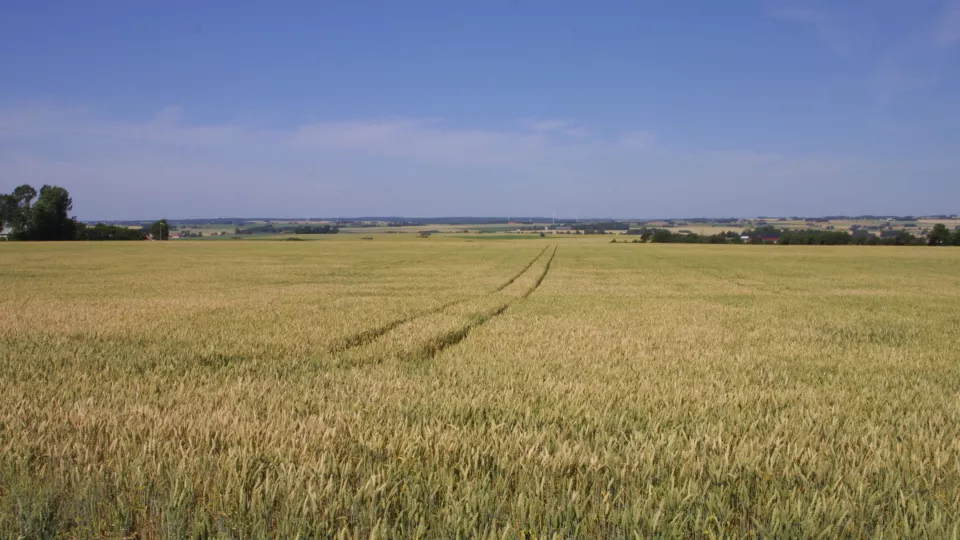It was through a BECC-funded Action Group that the idea for the model presented in the article took off. Mikael Pontarp, lead author of the article, is a researcher in evolutionary ecology at Lund University and a member of BECC:
"We are facing a scientific revolution in the understanding of how human impacts on biodiversity affect ecosystem services – evolutionary studies can contribute to understanding not only changes in species composition but also how species adaptation affects important ecosystem services," says Mikael Pontarp.
The Global Assessment of Biodiversity and Ecosystem Services by the UN's Intergovernmental Panel on Biological Diversity (IPBES) summarized research on how human transformation of the Earth's ecosystems is affecting all the ecosystem functions on which we depend. Landscape transformation, invasive organisms, climate change and other human-induced changes lead to altered population sizes and species composition – changes in biodiversity – which in turn can negatively affect functions such as carbon capture, pollination and pest control.
Research trying to understand why these changes occur and what we can do about them has mainly focused on ecological processes. This means studying how individual species are affected and how this in turn affects other species with which they interact through, for example, competition and trophic interactions. For example, the simplification of the agricultural landscape in the last century may have resulted in the disadvantage of specialized pollinators, with negative effects on the pollination of wild plants or crops that need these pollinators.
Faster adaptation than previously thought
Recently, however, it has become increasingly clear that evolutionary processes take place over much shorter timescales than previously thought. Over just a few generations, the genetic composition of species can change in response to environmental changes, altering not only the overall species composition but also the adaptation of individual species.
Climate change favors warming/tolerant species, but can also lead to individual species adapting to a warmer climate. This insight, which comes, among other things, from researcher David Reznick's studies of how guppies adapted to the presence of predators in Trinidad, has now spread to many species and functions.
The paper by Mikael Pontarp and colleagues, recently published in Biological Reviews, use this knowledge as a starting point for understanding how an important ecosystem function, crop pollination, is affected by global environmental change.
However, how crop pollination is affected by changes in the environment is not straightforward. Pollinators compete with each other and such competition is dependent on the spatial scale at which they exploit resources, the type of flowers they specialize on and much more. The evolution of one species thus potentially also effects other species. In addition, pollinators adapt to optimize positive interactions with the flowers they pollinate and vice versa, a process known as co-evolutionary. This means that evolution occurs in an intricate network of interactions. In depth understanding of pollinator systems is thus required to predict the evolutionary consequences of landscape change.
Model for understanding pollination in a future changing world
The article presents a conceptual model for understanding such systems, and shows with a simple application how it can be used to understand pollination in a changing world. In doing so, the authors show that an evolutionary perspective should be taken into account in order to determine how to manage our agricultural landscapes in order to guarantee good pollination of our crops in the long term.
There are now a number of improved and affordable techniques for studying evolutionary processes in nature. Simpler studies using genetic variation in landscapes as markers can be replaced by studies of entire genomes, where knowledge of the genetic changes that have occurred can provide an understanding of the adaptations that have taken place to environmental changes. The knowledge of evolutionary changes in the agricultural landscape, such as the evolution of pesticide resistance, can be extended through these new techniques to a wide range of human-induced environmental changes.
Mikael Pontarp — Lund University
BECC - Biodiversity and Ecosystem services in a Changing Climate
